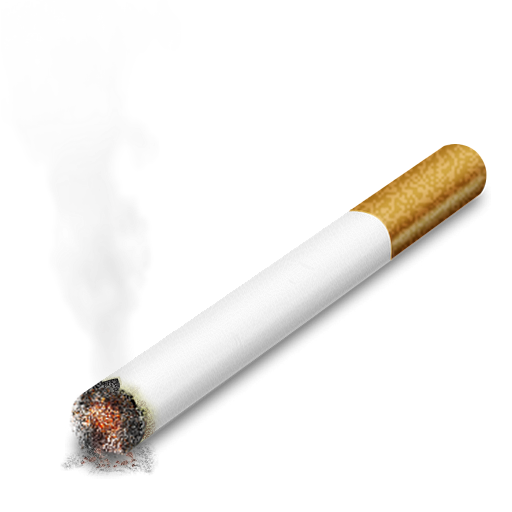- smoking
- radiation (from nuclear explosions, diagnostic x-rays, and radioactive chemicals)
- benzene (found in gasoline and cigarettes)
Individuals suffering from down syndrome or myelodysplastic are much more likely to be diagnosed with leukemia. Genetics does not play a direct role in leukemia, in fact it very rarely happens that multiple people in a family are diagnosed.
Brown P., & Mikkelsen, E. J. (1990). No safe place: Toxic waste, leukemia, and community action. Berkeley: University of California Press.
Interesting Case Study in Woburn, Massachusetts:
(notice the similarity to John Snow's Cholera study)
In 1979, in Woburn, the community of residents notice unusually high number of childhood leukemia. Not only were the cases usually common, they were also grouped by neighborhood, specifically around users of town wells G and H. Woburn was an industrial town – it was certain that the nearby companies dumped chemical waste that had contaminated the water source.
The water contained TCE (trichloroethlylene), a known carcinogen. The recommended levels of TCE in water was zero parts per billion with a maximum of 5 parts per billion; Woburn’s well G contained over 200 parts per billion.
The residents of Woburn, along with the help of some professional analysts mapped out the areas around Wells G and H, proving correlation between water from those wells and incidences of childhood leukemia. These maps are similar in the technique used by John Snow in determining the source of cholera epidemic. They found:
· Children with leukemia had received 21.2 of their yearly water supply from wells G and H, as opposed to 9.5 percent for children without leukemia (pg 23)
· Access to contaminated water was associated with perinatal death, eye/ear anomalies, and chromosomal anomalies.
· With children, access to contaminated water was associated with kidney and lung problems.
The data collected by the community and parents of the children with leukemia eventually led to in and out of court settlements for money to repay the damage that the companies had done. More importantly, the Woburn case was an incidence of group epidemiology to prove that leukemia, a disease that is unlikely to be grouped by neighborhood, was in fact being caused by the town’s own industrial complex.
Brown P., & Mikkelsen, E. J. (1990). No safe place: Toxic waste, leukemia, and community action. Berkeley: University of California Press.


